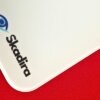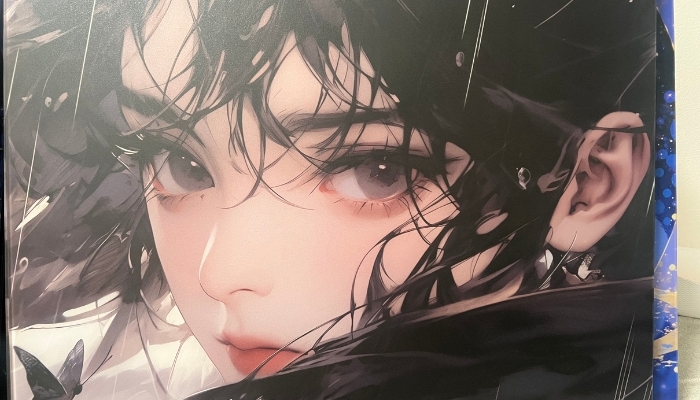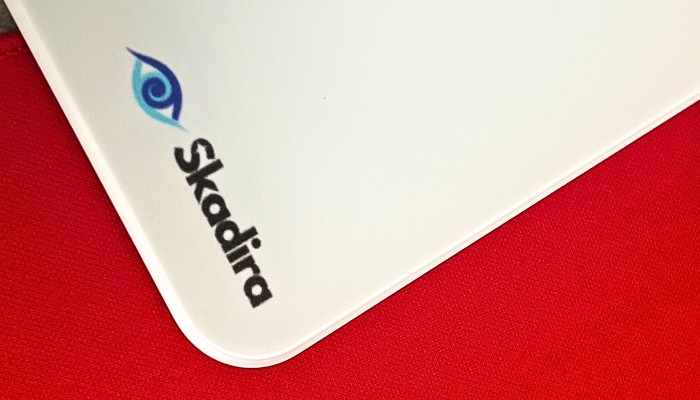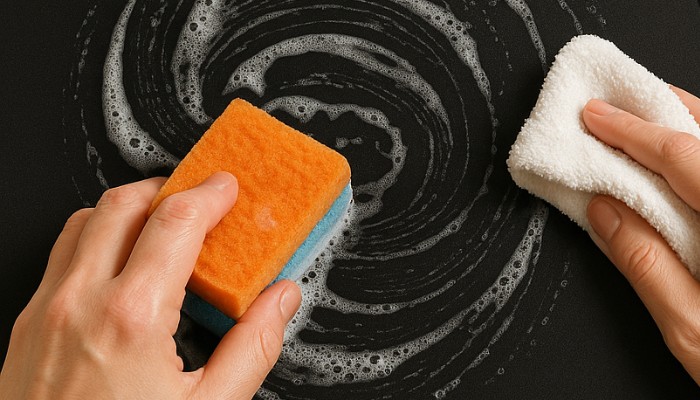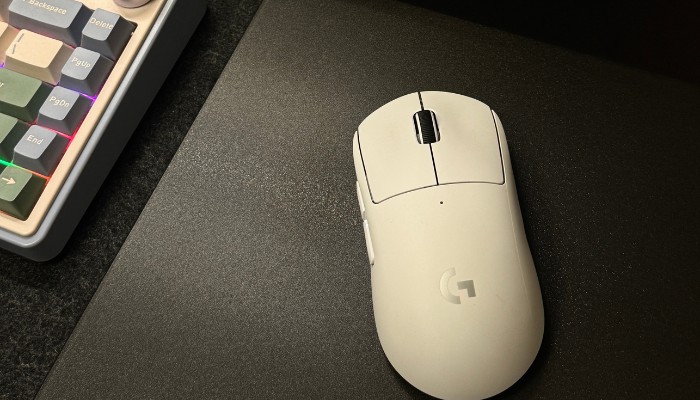No products in the cart.
The market for gaming peripherals is continuously progressing because manufacturers are always on the lookout for something new to provide gamers that edge in competitiveness. One of the newer innovations that has received a great amount of attention and is becoming a favorite in the gaming world is glass mouse pads. I am eager to present my experience about this revolutionizing peripheral after lately switching from cloth pads to glass pads.
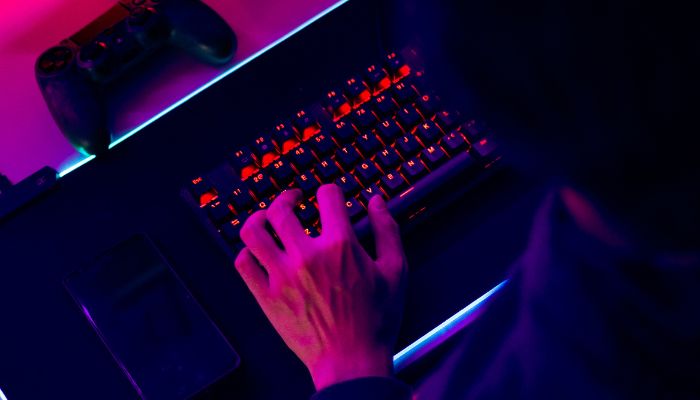
The Glass Revolution: What Makes It Different?
Glass-mouse pads stand out because they are different from all other types of pads. If you have not used a glass pad like the Skadira, the first thing you’ll notice is the astonishing glide feature. It is one of the things that is hard to put into words until you actually feel it; your mouse gliding infinitesimally under no force at all and responding to even the slightest touch.
It is smooth to unbelievable degrees. While performing my primary tests, I noticed quite a number of things including the fact that very little effort when moving the mouse is put, users might have to adjust to this new surface. With less than an inch of claimable freedom, blowing air towards the mouse is capable of moving it. Although this remarkable glide might be difficult to adapt to at first, there is good chance that it will completely change user interactions with various games out there.
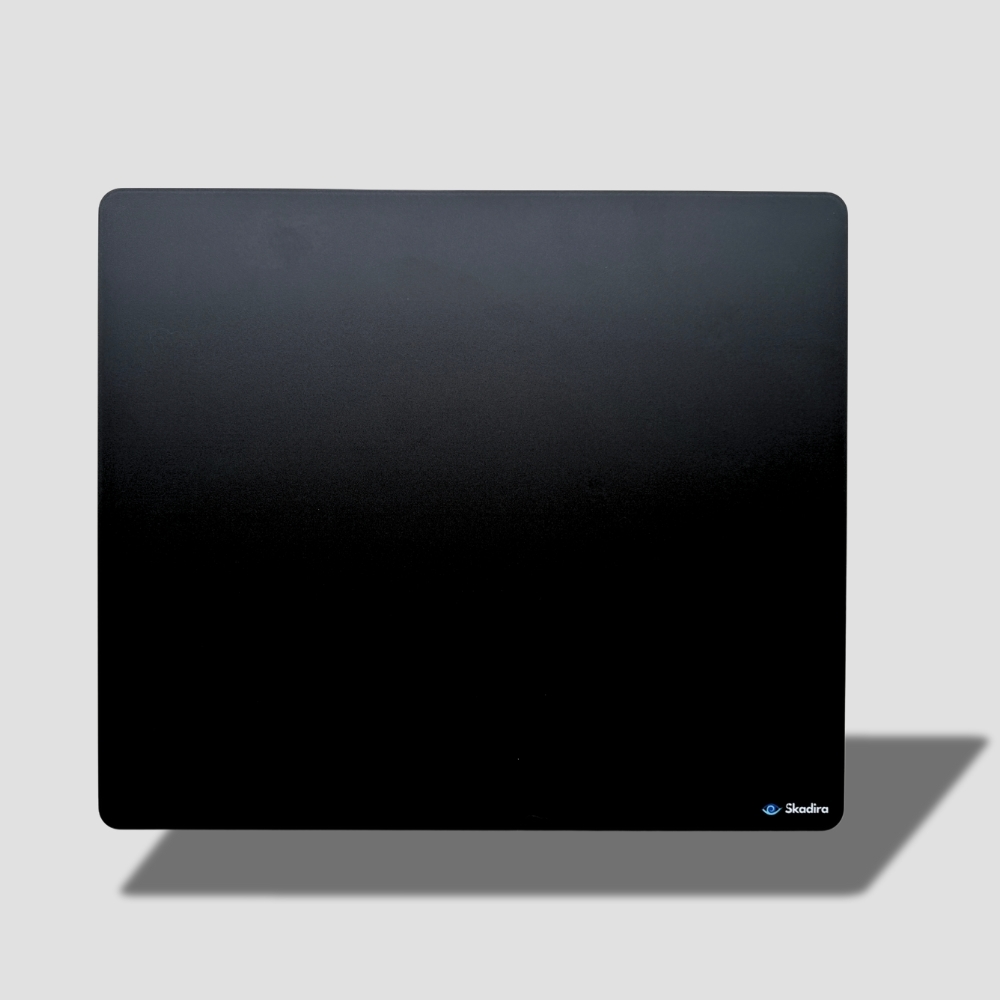
The Adjustment Period: Recalibrating Your Muscle Memory
The learning step will take a while. The absolute slickness that glass pads offer will most likely make you lower your sensitivity settings quite a bit. For me, it was significantly harder to having to lower my sensitivity in Apex Legends from 800 DPI at 3.5 sensitivity to 800 DPI 1.9. That change is dramatic, but it tells a lot about the resistance difference between a cloth and glass surface.
Gaming in the first few sessions might be puzzling and incoherent as your muscle memory shifts. Most likely, you will be missing targets by a long range, simply because motions which were controlled due to the friction of a cloth pad now keep going for a long time canonically simulating a free falling elevator. That adjustment patience requires time.
Performance Specific to a Game: Where Glass is The Best Glass mouse pads do not have overall performance benefits in all scenarios needed for gaming. From my perspective, they are best for use in sessions with longer time to kill (TTK) mechanics where tracking of moving targets is crucial.
Game-Specific Performance: Where Glass Truly Shines
Glass mouse pads aren’t universally superior for all gaming scenarios—their performance advantages are game-dependent. From my experience, they excel particularly in games with longer time-to-kill (TTK) mechanics where tracking moving targets is essential.
Ideal for Tracking-Heavy Games
Tracking moving targets in first person-shooters, like Apex Legends or Warzone, are easier with a mousepad that has a glass surface and offers a seamless glide. The feeling of tracking your targets while gliding across the mousepad is unparalleled when compared to other pads. Pad’s rotations are smooth like “slip” which I can only describe as ‘flow’ during gunfights.
Tactical Shooters Potential Challenges
For other games like VALORANT, where the glass pads’ ultra glide looks to be a challenge, this type of padding may prove to be problematic in Rainbow Six Siege as well. The absence of resistance renders these situations particularly punishing; if your crosshair overshoots the target, you won’t be able to recapture it due to the very low friction. On the other hand, pads such as the Skadira do excel in keeping these tactics shooters due to their higher resistance surface which provides better control, stopping power, and friction, allowing for those success micro-adjustments in low TTK conditions.
Physical Characteristics: Further Description
Modern glass mouse pads have improved a great deal from older versions, solving most of the problems that were currently present.
Thickness and Stability
These glass pads are roughly 3.5mm thick, meaning that they are significantly heavier than their fabric counterparts, whose weights generally sit at around 2kg. The added weight and the loosening non-slip backing that has textured patterns—like the one found on the Skadira model—ensures that the pad is fully stationary during rough and intense gaming sessions.
Safety and Durability
Quality glass pads have beveled edges that are created by CNC milling processes, which enhance the look of the glass and prevent sharp edges as well as safety concerns. The protective backing serves both as an improvement to the grip of the mouse pad while also containing all glass pieces that may fragment in the event of breakage.
Aesthetic Appeal
The glazing features of glass creates an interesting visual effect where light striking the bevels creates a glow effect on the border of the glass. This glass reflecting feature makes the pad to emit a glow that is not obtrusive but makes the setup look prettier. It is mind boggling to envision how stunning future versions integrated with RGB lighting would look!
Maintenance Considerations
Glass mousepads win in the area of ease of cleaning over fabric options because a simple wipe with an appropriate glass cleaner makes them pristine. But they come with new maintenance considerations:
Mouse Feet Wear
The smooth glass surface may not be rough, but it drastically increases the rate of toe mouse wearing out. Clean glass pads do make it better, but after only a week of use, I noticed significant wear on my mouse toes. So if you are considering to use a glass pad for a long frame, I suggest you need new toes for your mouse.
Feet Selection
It is worth noting that some glass pads can be coated and spherical mouse toes might scratch the protective layer, shortening its life. Hence, thick standard PTFE (Teflon) feet will do just fine.
Sweat Management
The surface of the product might feel cool and comfortable at the beginning, however long gaming sessions can result in the user sweating which may affect the glide. To mitigate this problem, many headsets users set a performance arm console which allows them to maintain blood flow to the extremities without losing efforts during longer sessions.
Is Glass Right for You?
Features a purpose, glass mouse pads are a step up over conventional ones but only within strict parameters. Assess these before making a decision on whether a glass pad would suit your preferences or not:
- Preference for Games: If you play games where tracking is crucial and the time it takes to kill is long, then having glass would likely improve your experience.
- Adaptation Willingness: Will you put up with a potentially annoying transition period, in which the long term gains become instantly worth it?
- Setup Maintenance: Will you require cleaning, upkeep of the add mouse feet, or cleaning the glass surface quarterly.
- Budget Selects: Premium glasses tend to carry far more expensive prices than even high-end cloth options because they are made of fragile materials.
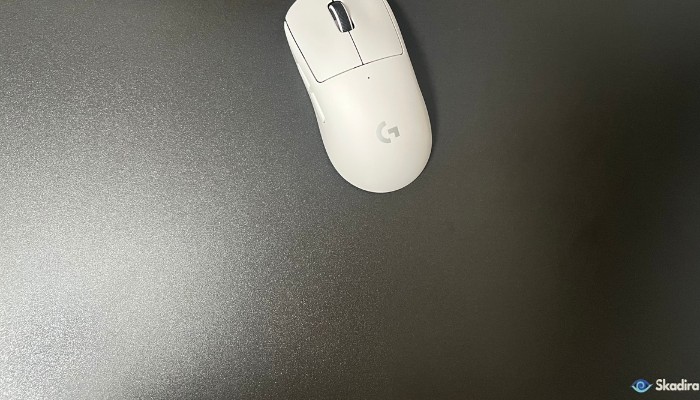
Final Statement: A Tool Spefically Designed but Worth Having
The solutions presented offers a one-and-done approach for head tracking gamers who still want to have access to non-changeable items as they give the most advantages in hiding the feel of tracking-centered games. The distinct feeling that some can master makes using a mouse pad distinctly enables a sharp run-up during peak mouse response test competitions.”
But it is important to note that this is not a blanket suggestion. The glide attributes are so unique that these pads are best suited to very particular situations. With further development of the designs and meeting the competitive player’s requirements of optimal acceleration and accuracy, we anticipate having glass pads become more sought-after.
Transforming your idea of a mouse pad could be possible, so if you’re looking to delve into this high-end section, prepare yourself for the unexpected. Though, do scant your span of time needed to adjust, as the experience provided stands to redefine what users envision a gaming mouse pad to be.
